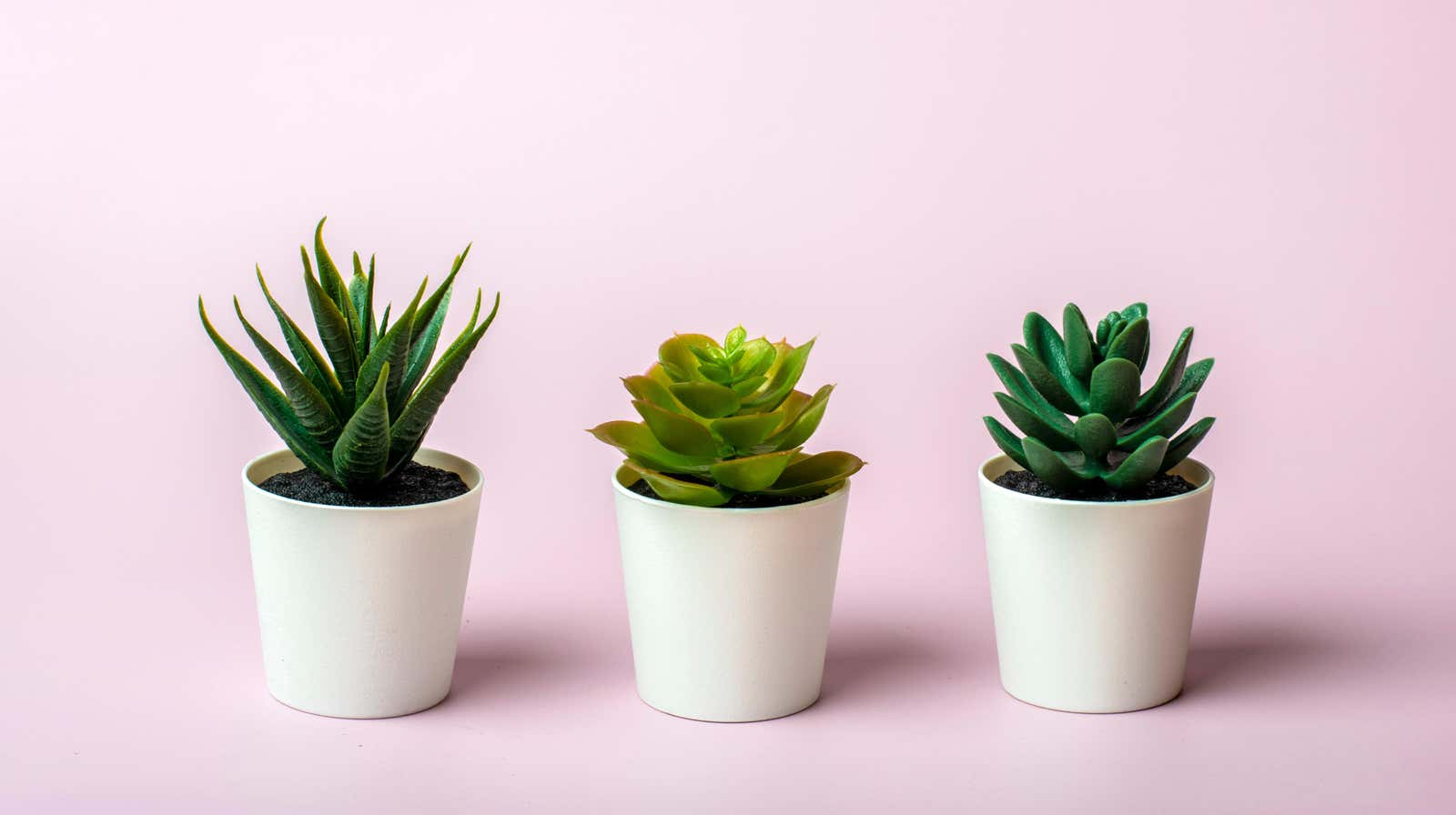You Must Dip Your Plants

Most potted plants, whether they live indoors or outdoors, require a certain level of maintenance. Even succulents, air plants, and other plants that you may neglect for long periods of time need to be watered from time to time. Also, over time, dirt, dust, and other debris can settle on (and underneath) the leaves.
To deal with these and other moisture-related problems, some gardeners dip their plants in water. Here’s what you need to know.
Why soak plants?
Dipping plants is exactly what it sounds like (we’ll walk through the process below), but why do it?
As we mentioned earlier, houseplants collect dust , and if enough dust builds up on their leaves, it can block light from passing through, potentially hindering photosynthesis . Dipping will get rid of dust and everything else that should not be on the leaves (or stems) of the plant.
Similarly, if any insect pests have taken up residence in your plant, soaking will drive them out and it will take effect immediately. This is especially important if you are moving outdoor plants indoors for the winter.
Finally, soaking is a way for houseplants to rehydrate in soil that tends to repel water, also known as ” hydrophobic soil “. This is a common problem with potting soil that contains peat (and there is a lot of it). While peat does hold water when it dries out, it can be very difficult to re-wet, which can lead to soil hydrophobicity.
How to soak plants
Before doing anything else, take a moment to see if soaking is recommended for your particular plant type. This is especially true for succulents because gardening experts don’t all agree when it comes to whether it’s good or bad to soak them. When in doubt, you can quickly dip the leaves for cleaning purposes.
Now for the dipping:
small indoor plants
- Fill a sink, basin, or bucket with room temperature warm water.
- Place your hand on the plant and soil to hold it in place and prevent the plant from floating. Some growers recommend turning the plant over , while others recommend soaking the correct side up . Use your judgment.
- Submerge the plant completely in water.
- Gently swirl the leaves quickly under water to ensure that dust, dirt or pests (live or dead) are removed.
- Bubbles should come out of the plant to the surface as the water replaces the air in the pot.
- When the bubbling stops, remove the plant from the water. Hold it over your sink/sink for a few seconds to let it drip off.
- Place the plant on a flat surface that you don’t mind getting wet as the plant will continue to drip. When the water stops coming out of the bottom of the pot, it can return to its usual place.
Large indoor and outdoor plants
The process for submerging large indoor and outdoor plants is basically the same as above, except using a larger container (such as one of these large plastic containers) and not trying to turn the plant over while it is under water. Also:
- Large potted plants that are too large or uncomfortable to submerge may shower instead.
- If you’re soaking outdoor plants before wintering them, one gardening expert suggests adding a few drops of natural soap/detergent-free detergent to the container ( which is the one she uses), soaking the plant, then rinsing out of the container, filling it with fresh (not soapy) water and immersing the plant again.
How often should plants be soaked?
Let’s say you just doused your plant in the tub (or shower). When are they due for their next one?
You definitely don’t want to over-water your plant, so daily or weekly soaking is not a good idea. One gardening expert recommends watering houseplants monthly (in addition to your regular watering schedule), while others advise doing so as needed.